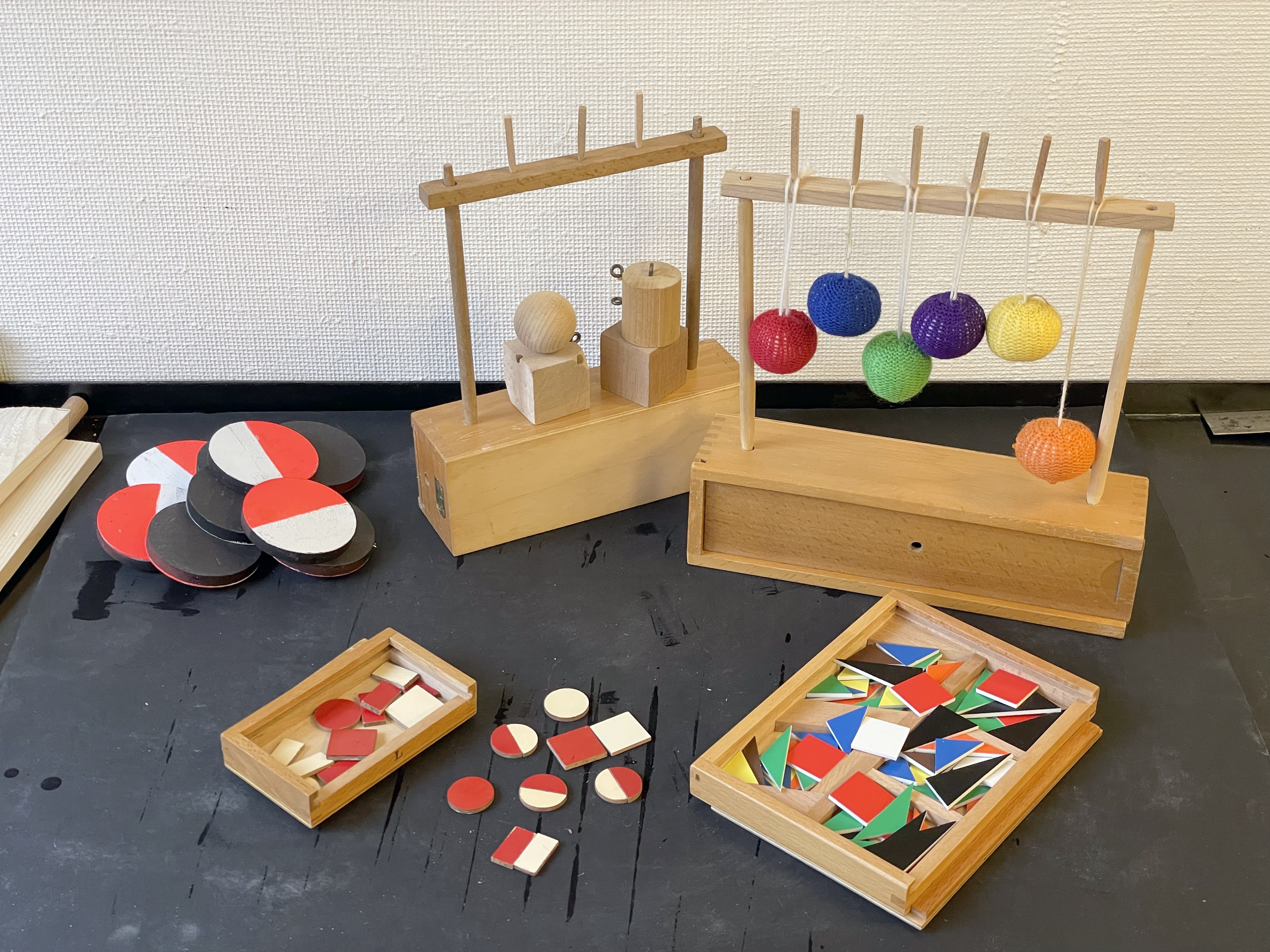Learning, Language & Literacy
The saying "We are shaped by language" emphasizes the profound influence of language on our thinking and our identity. But is it possible to step outside of this defining language so that our thinking, learning and literacy can achieve a new level of freedom? A way of achieving this might be found in the boundaries of language, to open the realm of inclusive literacy based on neurodiversity, synesthesia, asemic writing and more. In these writings I present my developping thoughts, which find their way into my artworks.
Standing Outside of Language
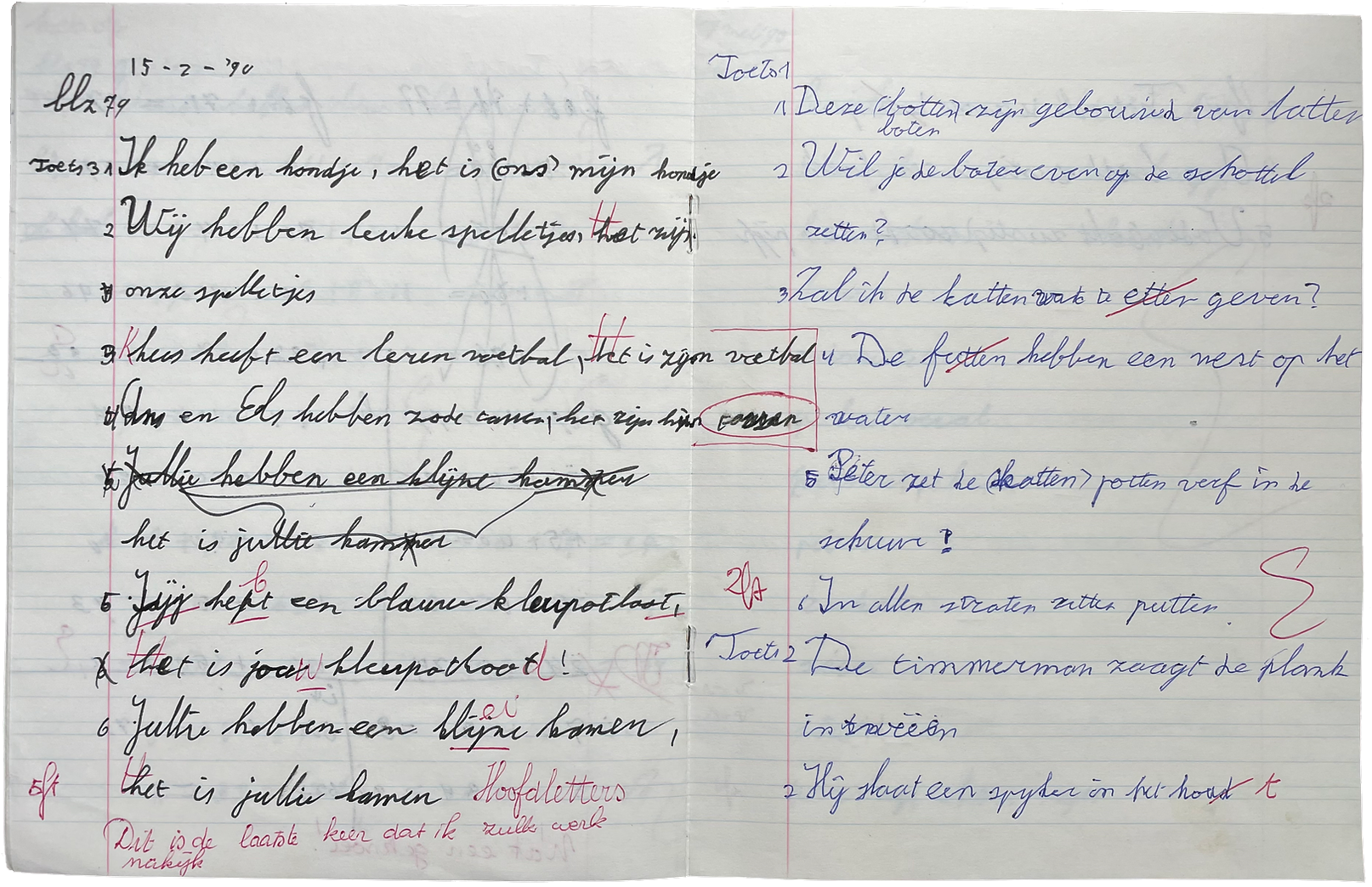
--> The Ubiquity of Language
Language is the backbone of our communication and the mirror of our minds. Every thought and emotion seems to be trapped in the words and sentences we choose. Our identity is interwoven with the language we speak, and our culture is expressed through the words we use. But can we break free from this deep-seated connection between language and self?
When French psychoanalist Jaques Lacan says, "we are thrown into language," he means that from the moment we enter the world and start engaging with it, we are immersed in an already existing linguistic and symbolic system that fundamentally influences our perception of reality, our sense of self, and our desires. We are continually grappling with the limitations of language and the elusive nature of our desires, and this struggle is at the core of human subjectivity, according to Lacan's psychoanalytic framework.
This struggle is apparent in today's polarised world. We see a hightened expression of emotions, while at the same time, emotions are not always easy to express and understood. People are in need of new cues to enhance the conveyance of emotional states. When describing experiences or objects, we wish for more vivid and immersive descriptions so that our communication reaches a holistic understanding. Not only in our daily conversations, but also in regards to others, who experience the world in different ways. We are in need of diversifying channels in communication to make information more accessible, to include, learn from, and celebrate, neurodiversity.
--> Stepping Outside of Language
When searching for diversifying channels in communication to make information more accessible, we need to expand the communicative field to enrich information and emotions, offering more nuanced ways of expressing and perceiving experiences. While both spoken and visual language are powerful and versatile tools for communication, they have their limitations. The possibility of stepping outside of language and liberating our selves from its influence may seem like an impossible task at first glance. However, there are some indicators that it is possible. An intriguing experiment in this context is asemic writing. In asemic writing, characters and symbols are created without any concrete meaning. It's like a free fall into the realm of language where meaning completely disappears. A striking example is found in 'Life in the folds' by Mexican artist Carlos Amorales.
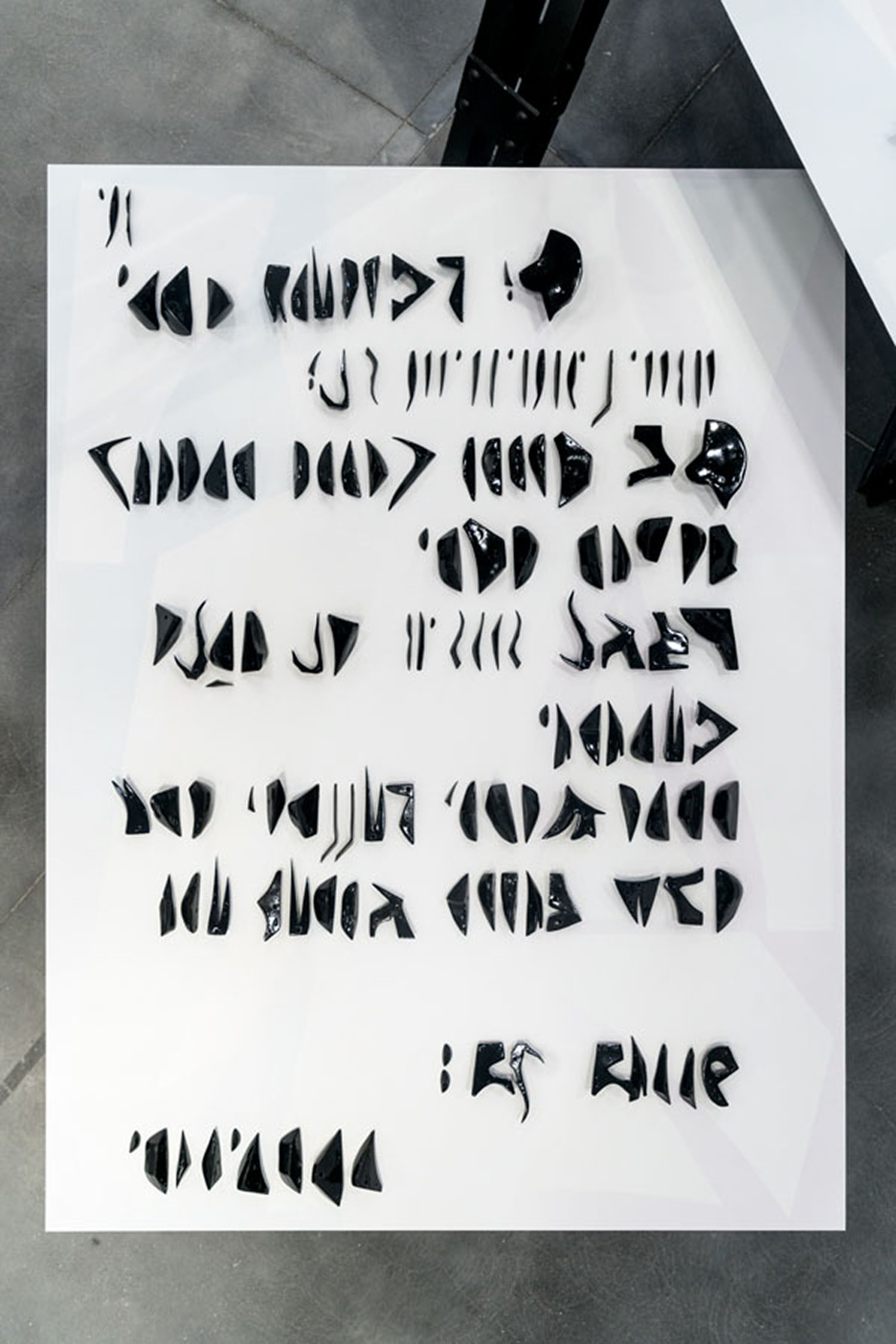
Although asemic writing may seem devoid of content, it raises important questions about where language ends. It challenges us to contemplate the boundaries of meaning and whether the meaning of words is truly essential for communication. This experiment takes us into the realm of abstraction where language loses its traditional role as a communicator but redefines its function as means of expression.
Looking at asemic forms, we try to find other cues to decode. It forces us to expand our view on what is being communicated. It becomes an act of consideration ('monere' – monuments) instead of information transfer ('docere' – documents) Flüsser. In that perspective, literacy has to gain a broader function in our daily lives. Typically literacy is defined as the ability to read and write in a specific language, but it needs to encompass a broader set of skills and competencies, not only related to understanding and using written, printed and digital materials.
--> Synesthetic Literacy
An alternative view of literacy is based on neurodiversity and synesthesia. Neurodiversity acknowledges the variety of cognitive and neurological functions within human society. Synesthesia is a neurological trait in which the senses mingle, allowing people to see colors when they hear sounds or taste flavors when they read words.
There is some evidence that people with synesthesia may find it easier to learn to read and write when using iconographic script rather than traditional alphabetical script. Iconographic script consists of visual symbols that have direct associations with meanings, unlike the abstract nature of letters in the alphabet.
Exploring synesthetic literacy does not mean we have to replace traditional script. Instead, we can create space for different forms of writing and reading, taking into account the diversity of human experience. This includes developing educational approaches that consider neurodiversity and synesthesia, so that everyone can benefit from a literacy approach that fits their unique perceptions.
--> Inclusive Literacy
The quest for inclusive literacy is an ongoing process that takes into account the full diversity of human cognitive and neurological traits. It means pushing the boundaries of what is considered "normal" and embracing alternative ways of thinking and communicating. It also involves creating educational and cultural environments where people with diverse neurological traits can thrive.
Developing synesthetic literacy and exploring alternative forms of writing can play a crucial role in promoting inclusive literacy. This approach encourages us to look beyond the limits of traditional language and aspire to a world in which everyone, regardless of their cognitive traits, can fully engage in the rich culture of communication and expression. As we journey along this path, we realize that in a world of colorful perceptions and thoughts, language is no longer a chain but rather a rich source of expression and understanding.
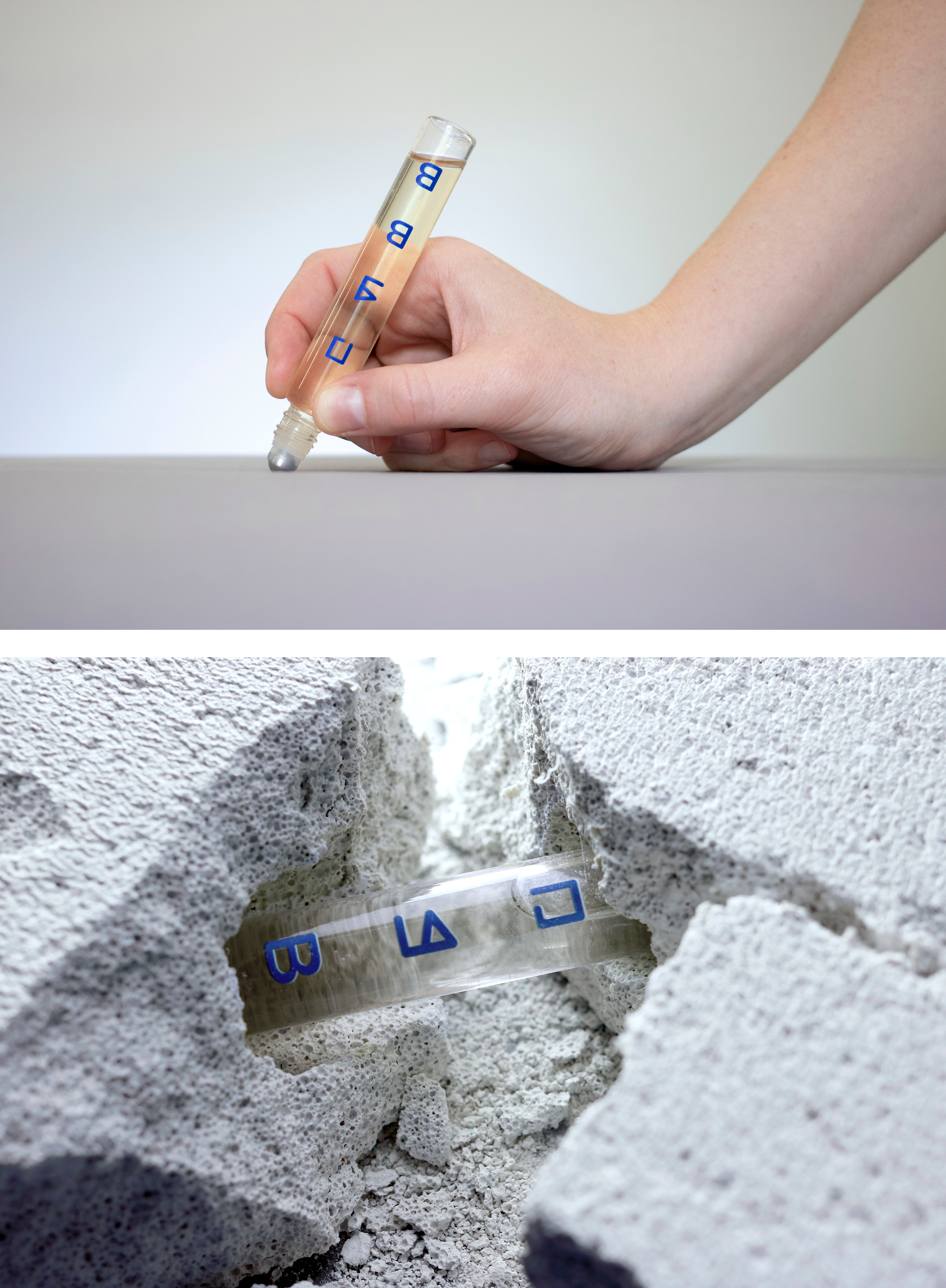
When we want to introduce this new vision on inclusive literacy, we need to start at the root. As the 21st century unfolds, it is essential to rethink and innovate our approaches to early literacy education. The artful alchemy of abstract letter shapes, letter-perfumes, and a historical perspective on the alphabet, opens doors to a richer, more engaging, and ultimately more effective path to literacy. By embracing the power of art, scent, and cultural memory, we can illuminate the path from illiteracy to literacy for the youngest learners among us. This harmonious blend unites the past, the present, and the future of education, making the transition from illiteracy to literacy a sensory, artistic, and deeply meaningful voyage.
--> Developing 21st Century literacy
In the ever-evolving world of early childhood education, Friedrich Fröbel's groundbreaking pedagogical philosophy continues to shine as a beacon of progressive thought. His renowned Kindergarten approach has long emphasized the importance of play, creativity, and exploration in the formative years of learning. However, as we advance into the 21st century, the question arises: How can we further optimize the transition from illiteracy to literacy within Fröbel's framework?
Fröbel's philosophy stands as a testament to the idea that children are natural learners who thrive in a nurturing environment of creativity and exploration. Central to his approach is the concept of "Freispiel," or free play, which encourages children to explore their surroundings and use their imagination. This notion forms a bridge to a more inclusive approach to literacy through the introduction of three basic principles in early literacy education: 1) abstract letter shapes, 2) smell, and 3) the historical origin of the alphabet.
– Abstract Letter Shapes: The Cognitive Palette
Incorporating abstract letter shapes into Fröbel's methodology brings art to the forefront of literacy education. Just as art evokes a sense of wonder and expression, abstract letter shapes can captivate young minds. These shapes provide a visual, tactile, and multisensory approach to learning the alphabet. According to cognitive research, artful representations of letters stimulate pattern recognition in children's developing brains, expediting their understanding of written language. By embracing abstract letter shapes, we harness the aesthetic appeal and cognitive benefits of art while nurturing literacy skills.
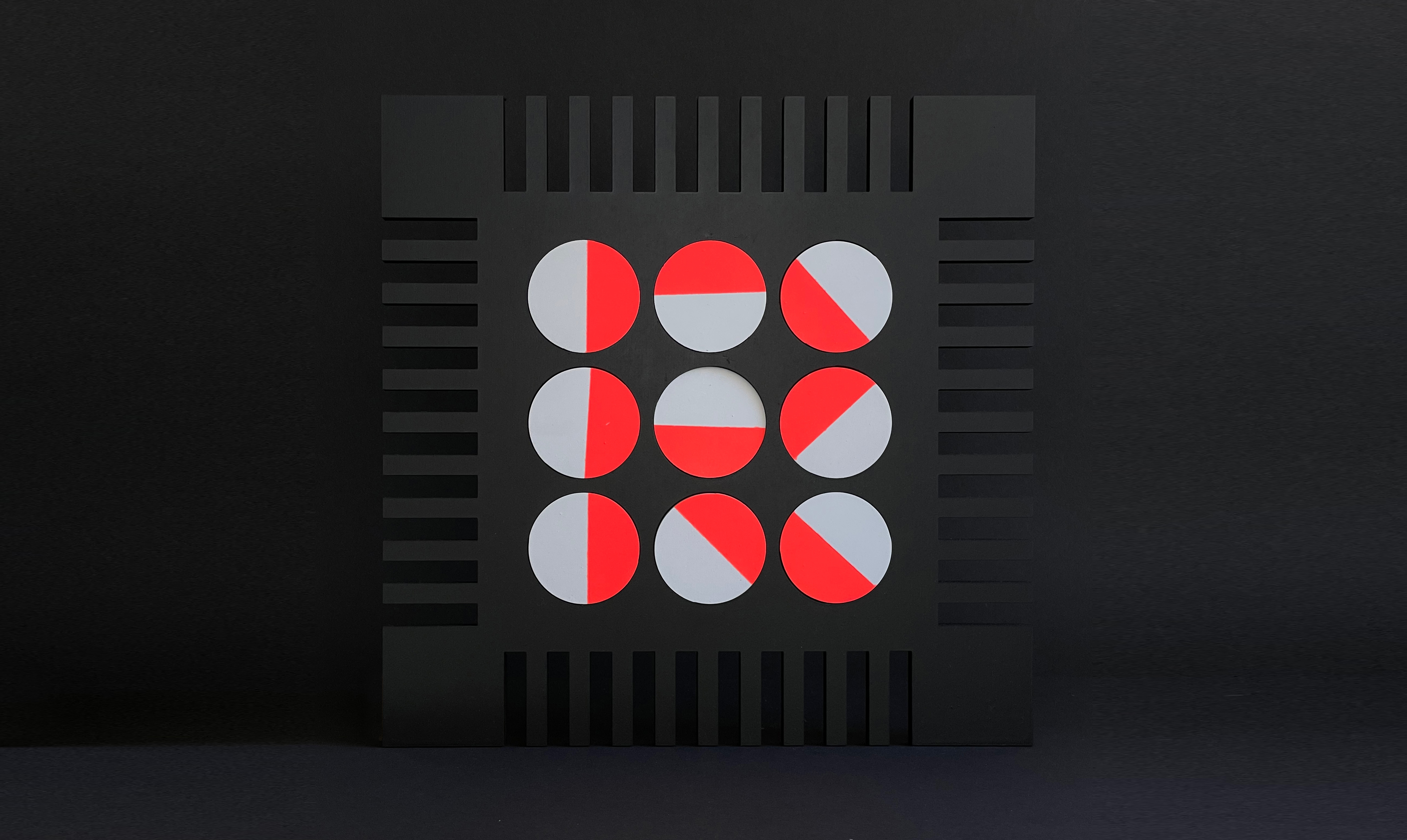
– Scented Knowledge: Letter-Perfumes
The sense of smell is a profoundly evocative aspect of human experience. Fragrances can conjure memories, emotions, and connections. By introducing letter-perfumes to Fröbel's methodology, we add an olfactory dimension to literacy that engages children's sensory memory. Inspired by the work of Vilém Flusser, who discussed the idea of "codes" and the sensory nature of human communication, letter-perfumes become symbolic codes that children can decode through their sense of smell. Each letter can be associated with a unique fragrance, creating a multisensory learning experience. This approach bridges the gap between the abstract and the concrete, making the alphabet a sensory adventure.

– The Historical Origin of the Alphabet: A Cultural Voyage
The alphabet is more than a set of symbols; it is a product of human history and culture. Introducing children to the historical origin of the alphabet can be an artful and enlightening journey. This approach aligns with the idea of "cultural memory" proposed by Flusser, who believed that understanding the origins of human communication is crucial. By incorporating this historical context into Fröbel's methods, children can explore the roots of the alphabet, delving into ancient scripts and the evolution of writing systems. This narrative approach adds depth and context to the learning experience, making the alphabet more than an abstract set of shapes but a cultural artifact with rich stories.
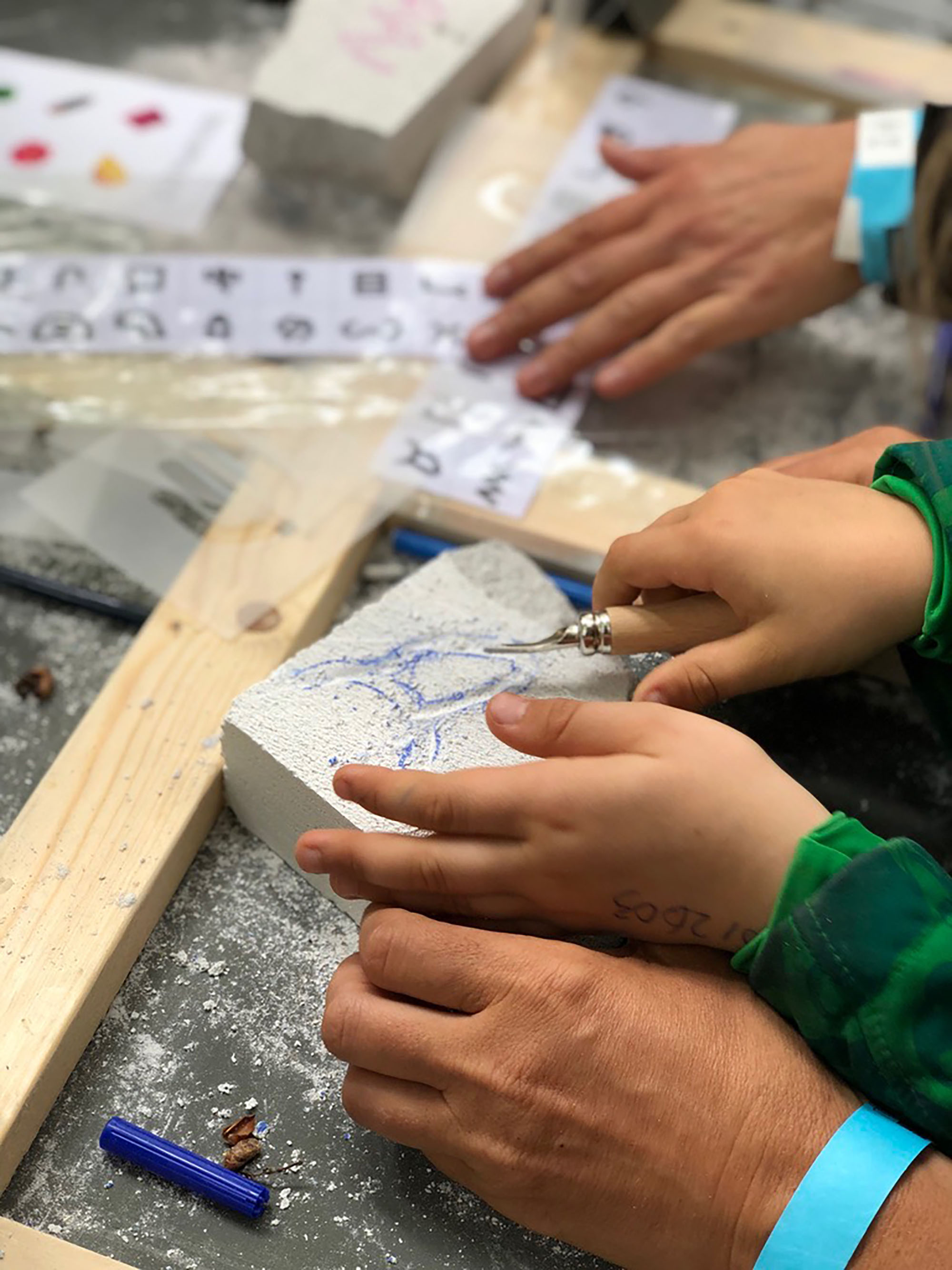
--> Le sujet
Researching:
Grammatical subject in a subject or topic and a predicate or predicate; in philosophy 'central person' in Subject (is) the contemplating I, the consciousness, which forms the representations.
Taken from Latin subiectum 'foundation, grammatical subject'. That is the independently used neuter form of subiectus 'underlying, placed under', the verb. from subicere 'place under, behind', which is formed from sub- 'under, near' and jacere 'to throw'. Subiectum is a loan translation of Greek tò hupokeímenon 'that which lies beneath'.
Hypokeimenon or material substratum, is a term in metaphysics which literally means the "underlying thing" (Latin: subiectum).
To search for the hypokeimenon is to search for that substance that persists in a thing going through change—its basic essence. Aristotle defined a hypokeimenon in narrowly and purely grammatical terms, as something which cannot be a predicate of other things, but which can carry other things as its predicates.
John Locke theorised that when all sensible properties were abstracted away from an object, such as its colour, weight, density or taste, there would still be something left to which the properties had adhered—something which allowed the object to exist independently of the sensible properties that it manifested in the beholder. Locke saw this ontological ingredient as necessary if one is to be able to consider objects as existing independently of one's own mind. The material substratum proved a difficult idea for Locke as by its very nature its existence could not be directly proven in the manner endorsed by empiricists (i.e., proof by exhibition in experience). Nevertheless, he believed that the philosophical reasons for it were strong enough for its existence to be considered proved.
The existence of the substratum was denied by George Berkeley. He maintained that an object consists of nothing more than those sensible properties (or possible sensible properties) that the object manifests, and that those sensible properties only exist so long as the act of perceiving them does.
Le Sujet interests me because of its dualism of being both (a grammatical) subject and person. It is where the creation of meaning and communication interlock.
On this page I share my developping thoughts on the subjects of:
- Learning: how does one acquire knowledge
- Language: the sense and non-sense of conveying meaning
- Literacy: what does it mean to 'read'
--> November 2023
